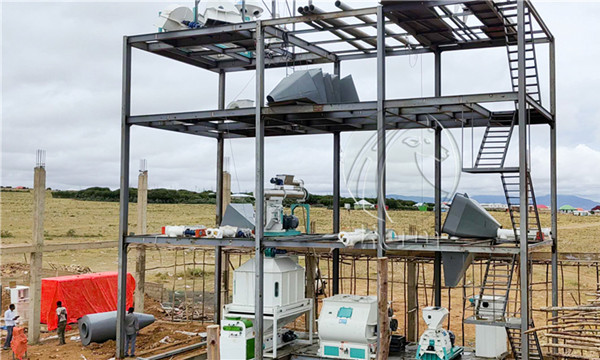
Unlocking substantial cost savings for factories is an achievable feat by strategically adjusting production processes, refining production system settings, and implementing efficient production methods. This not only leads to increased efficiency but also elevates employee expertise and minimizes waste in existing production systems. Here are five pivotal strategies for feed process plants to ensure both efficiency and sustainability:
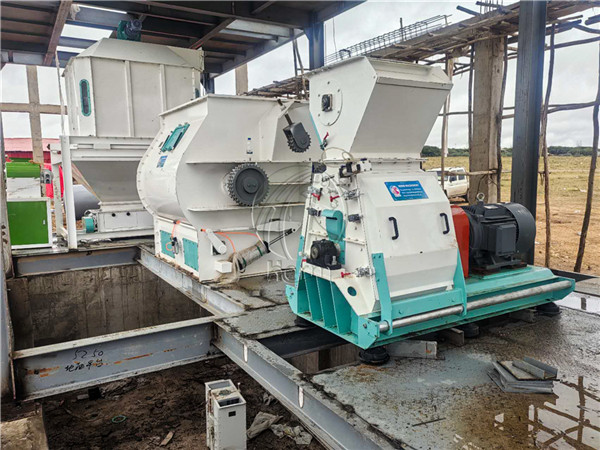
Optimize the Production Process: Enhancing the batching process, from the precise weighing of feed ingredients to the meticulous scheduling of wet and dry mixing, can significantly boost production efficiency. Regular checks on the ingredient system, including accurate weighing and streamlined batching schedules, can unveil opportunities for time and cost savings. During pelleting, a meticulous review of the production process and feed mill operating parameters is crucial, alongside monitoring the steam system and conditioning process.
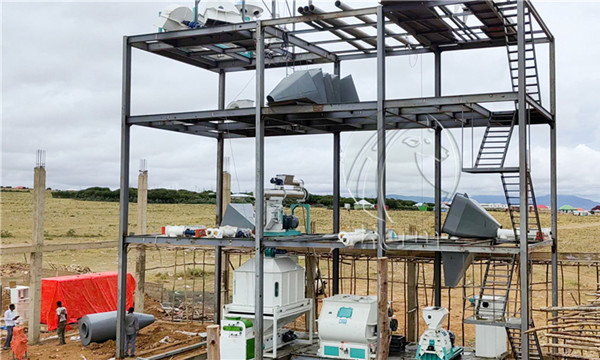
On-site inspection considerations:
- Temperature: Tailored to specific formulas.
- Moisture: Assessed before entering the cooler after feed pelletization.
- Color: Generally consistent for the same formulas.
- Feed Pellets Size: Length usually 2-3 times the diameter of the ring die, with specific requirements for different material numbers.
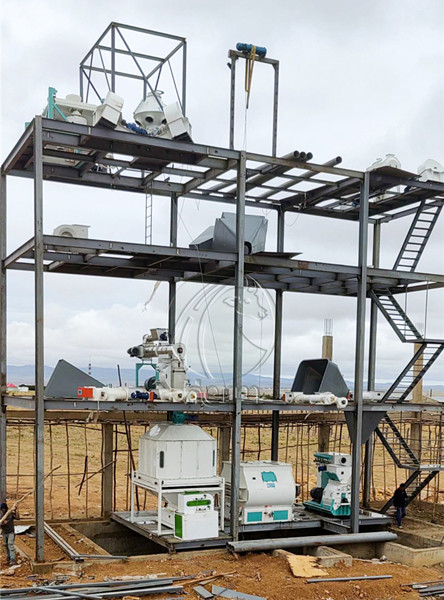
Reduce Energy Consumption in Feed Production: Feed mills must prioritize efficient energy utilization to minimize waste and improve overall production efficiency. Key considerations include:
Factory Design and Technical Transformation: Employing a scientific process combination with high-efficiency, low-consumption equipment.
Formula Design and Raw Material Procurement: Selecting high-nutrition, low-energy-consumption feed materials and opposing formula designs that neglect production costs.
Operator Selection: Prioritizing operators with professional skills, rich experience, and proficiency in feed production line operations.
Ensure Feed Hygiene: In the face of current animal epidemics, maintaining biosecurity is paramount. Utilizing colony-forming unit detection in stored feed ingredients enables the development of effective disinfection measures. This ensures the entire processing and transport process maintains feed freshness and remains free of any undesirable odors.
Moisture Management: Addressing feed moisture loss, typically between 1.0% and 1.5%, is essential. Strategies include machinery calibration, the addition of moisture profile control products, and using in-line sensors to monitor feed moisture levels. The cooling process also merits thorough review.
Note: Moisture control is customized for each farm, and there's no one-size-fits-all solution.
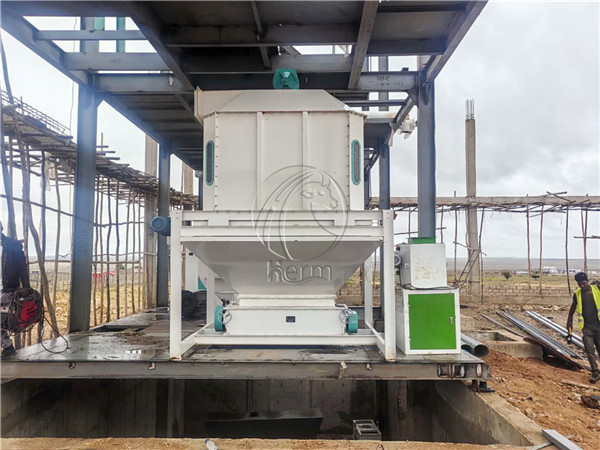
Staff Training: A cornerstone of an efficient feed mill is a highly skilled workforce. Providing comprehensive equipment training equips employees with the knowledge needed to adeptly use poultry feed equipment in feed processing plants, optimizing efficiency and leveraging the full potential of the entire system.
Embark on the journey of efficiency and sustainability in feed production by implementing these transformative strategies.
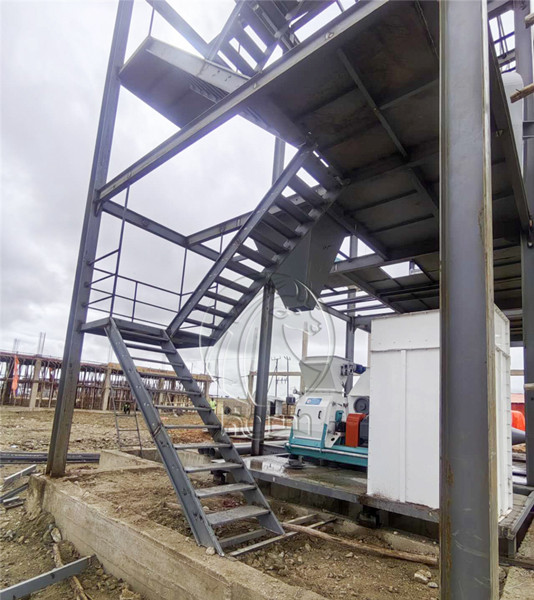
Henan Herm Machinery Co., Ltd was established in 2010 and has been devoted to the research and development of Feed Mill Machinery ever since. With more than 10 years of experience, Herm® has become a leading manufacturer and supplier of animal feed machines and complete animal feed production lines, cattle feed plants, poultry feed plants, animal feed pellet production lines, etc. It always endeavored to improve the quality of products and aims to meet the new requirements of the international market.
If You Are Ready to Start a Feed Pellet Plant Business, please contact us for the feed mill machine. We Can Provide Professional Design and Comprehensive Guidance According to Your Needs. Get in touch with us now!
Welcome Contact Us!
Henan Herm Machinery Co., Ltd
Email: info@hermmachinery.com
Phone/Whatsapp: 0086-18037508651
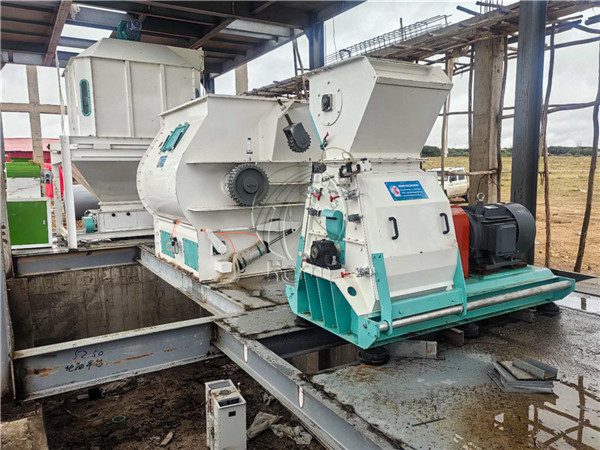
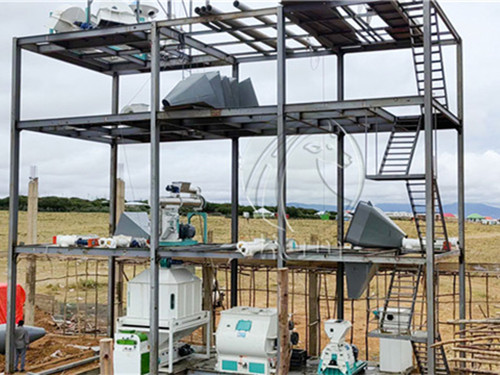
0
0









Leave a Comment
You should login or register to leave a comment
No Comments / 111 Views